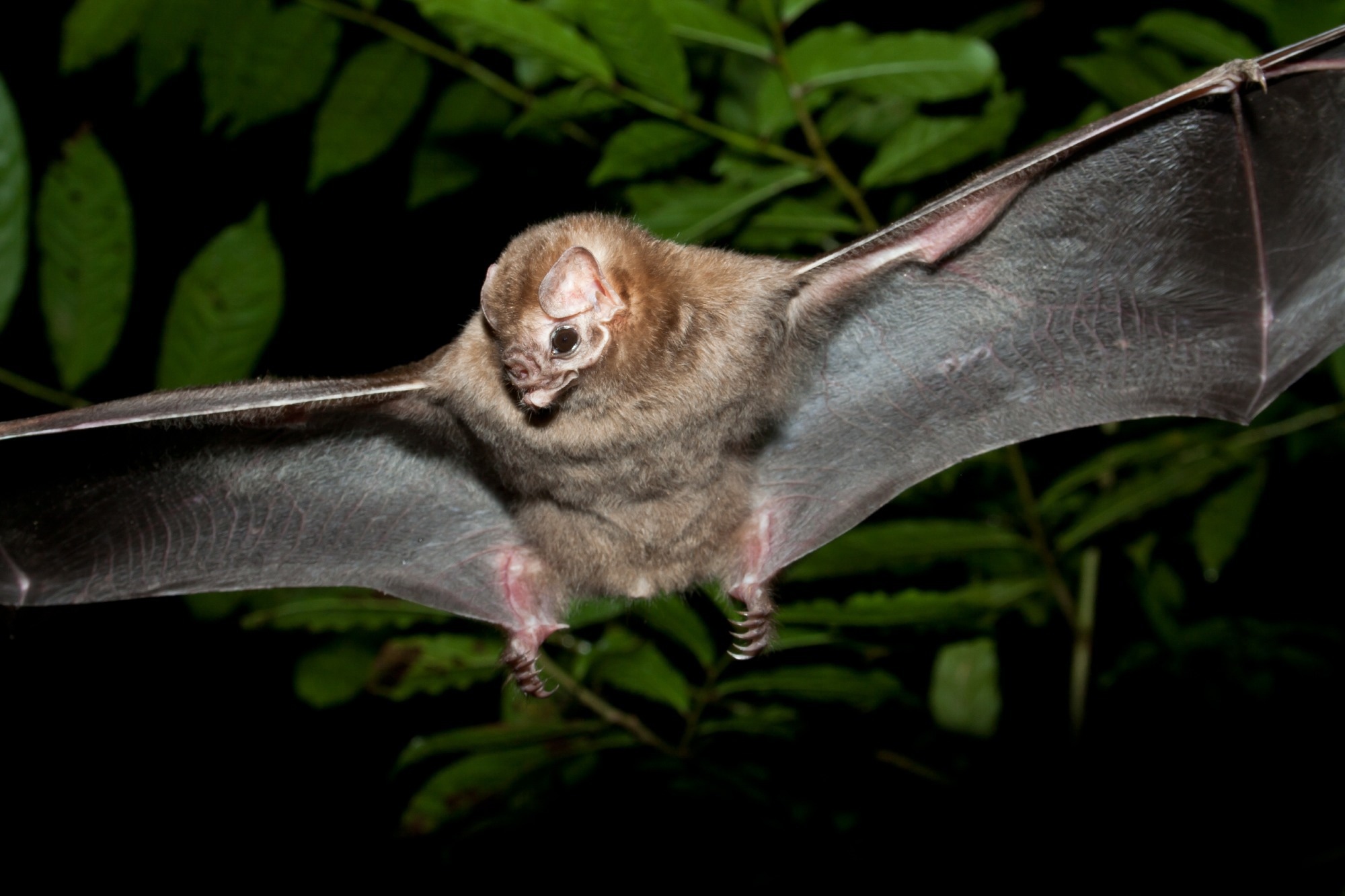In a recent study posted to the bioRxiv* preprint server, researchers retrospectively assessed the association between climate change and disease spillover risks triggered by bat distribution changes based on historical climate and vampire-bat occurrence data for the previous century (1900-2020).
 Study: Climate change has affected the spillover risk of bat-borne pathogens. Image Credit: Pablo Jacinto Yoder / Shutterstock
Study: Climate change has affected the spillover risk of bat-borne pathogens. Image Credit: Pablo Jacinto Yoder / Shutterstock

 *Important notice: bioRxiv publishes preliminary scientific reports that are not peer-reviewed and, therefore, should not be regarded as conclusive, guide clinical practice/health-related behavior, or treated as established information.
*Important notice: bioRxiv publishes preliminary scientific reports that are not peer-reviewed and, therefore, should not be regarded as conclusive, guide clinical practice/health-related behavior, or treated as established information.
Background
Bat-borne viruses have threatened global public health with increased morbidity and mortality among humans. Examples of bat-borne diseases include rabies, Ebola, severe acute respiratory syndrome coronavirus 1 (SARS-CoV-1) infections, and SARS-CoV-2 infections or coronavirus disease 2019 (COVID-19). Studies on climate change impacts on disease are scarce and have focused on vector-borne diseases based on future climate change projections instead of empirical retrospective data, which could hamper progress in global preparedness against infectious diseases.
Desmodus rotundus species (common vampire bat) is considered the key species of rabies transmission to other animal species (spillover) among Latin American regions. There is an ongoing debate on whether Desmodus rotundus (common vampire bat) will shift its range northward into warm-temperate areas at higher latitudes in the United States (US) in the future due to climate change.
About the study
In the present study, researchers assessed the impacts of climate change on the spillover risks of bat-borne pathogens based on climate and vampire bat distribution data from the previous century.
Desmodus rotundus-transmitted rabies is a well-documented and understood model of directly-transmitted illnesses to animals and humans in the tropical and subtropical American areas where rabies is transmitted commonly from Desmodus rotundus to cattle. Outbreaks of bat-borne rabies in cattle have increased in the previous 40 years and indicate a rise in spillover events in America. Further, there is an ongoing debate on the potential range shift of D. rotundus northward to more temperate areas in the United States (US).
Thus, the team assessed changes in Desmodus rotundus distribution in response to climate change using ecological niche modeling and machine learning between 1901 and 2019. Data on D. rotundus occurrence in the previous century and historical climatic data obtained from the CRUTS (climatic research unit gridded time series) database were used for the analysis.
Box plots of annual bovine rabies outbreaks were prepared, and the percentage change in rabies outbreaks in cattle was assessed for Latin America. In addition, uncertainty maps were assessed to identify areas with high uncertainty concerning the potential regions of D. rotundus range expansion.
Results
There were no statistically significant changes found in the total region of Desmodus rotundus abundance and distribution during the aforementioned period; however, the geographical range of D. rotundus was found to shift northward. The findings indicate that the common vampire bat species has steadily moved into North Mexican regions at an annual average rate of eight km/year and could extend its range further into the US continent.
Additionally, a few regions of uncertainty for Desmodus rotundus range extension were found by the team, which included the Andes Mountain highlands and temperate regions of the US. The study variable which influenced the Desmodus rotundus range shift the most was temperature variations, indicating that the abundance and distribution of D. rotundus and associated potential disease spillovers were linked to climatic variations.
Conclusions
Overall, the study findings showed climate change, in particular, temperature variability, could affect bat distribution and associated risk of bat-borne disease spillovers. The authors believe that the present study is the first of its kind to assess the impact of climate change on the distribution patterns and transmission risks of bat-borne disease pathogens.
Thus, they recommend that further research must be conducted on the association between climate change and bat-borne diseases and that the effects of climatic variations on bat distributions must be incorporated into security measures. The findings showed that climatic variations had caused direct effects on rabies incidence risks by increasing virus reservoirs in temperate regions of America, thereby increasing the infection risks among humans, livestock, and wildlife.
The study has provided evidence of climatic variation-driven range expansion of bats, indicating that the emergence of infectious diseases and viral spillovers would only increase in the future. Therefore, further research must be conducted to improve the understanding of climate change variations on bat distributions for preparing against potential bat-borne pandemic occurrences in times to come.

 *Important notice: bioRxiv publishes preliminary scientific reports that are not peer-reviewed and, therefore, should not be regarded as conclusive, guide clinical practice/health-related behavior, or treated as established information.
*Important notice: bioRxiv publishes preliminary scientific reports that are not peer-reviewed and, therefore, should not be regarded as conclusive, guide clinical practice/health-related behavior, or treated as established information.